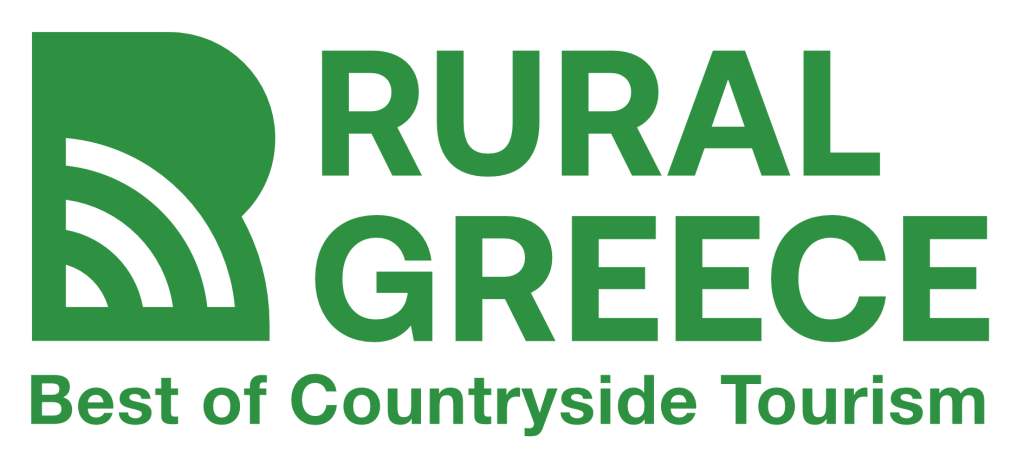Title – Name
Canigó Grand Site
Scope / Sector / Industry
Sustainable Rural Tourism
Country / Region
France, Occitanie Region, Canigó Mountain Range
Why is it good practice?
The Canigó Mountain Range is a popular destination in the Occitanie Region, which has earned the “Grand Site de France” (GSF) label, awarded by the French Ministry of Ecology to destinations that implement conservation, management, and promotion projects based on sustainable development principles. The Canigó Grand Site initiative is a particularly good practice of sustainable management of a natural tourist destination. The local community quickly noticed the environmental burden caused by the growing tourist activities in the area and acted immediately to ensure a more sustainable way of developing and managing the mountain range.
How is it applied?
The Canigó Mountain Range is a unique destination characterized by two geographical areas: the Alpine and the Mediterranean. It has an altitude of 2,784 meters, which allows for significant vegetation stratification and a diverse range of natural habitats, with rich flora and fauna. It consists of 3 National Natural Reserves, 1 natural reserve, 9 Natura 2000 sites, 7 National Forests, and an important natural reserve. In addition to its rich natural heritage, the mountain range is home to notable Romanesque buildings (monasteries, sanctuaries, chapels, etc.), towns, villages recognized by UNESCO, castles, fortifications, towers, and other significant monuments that constitute the local heritage.
These special features, its proximity to the Catalan coast, and the presence of spa resorts made the Canigó Mountain Range a renowned tourist area as early as the 19th century, resulting in numerous development projects on its slopes (ski resorts, tourist trains, cable cars, tourist routes, golf courses, etc.). Although not all these projects were successful, the development of a network of trails aimed at facilitating access to the mountain is considered significant.
In the 20th century, primary sector activities in the area began to decline, while tourism and recreational activities grew significantly.
Faced with the irreversible impacts caused by massive infrastructure and motorized traffic (roads, railways, cable cars, etc.), in the late 1990s, local elected officials, supported by the French state, undertook the initiative to manage the area in a way that would protect it from the negative effects of intense tourist activity. In this context, the “Opération Grand Site” agreement was ratified in 1999. This agreement aimed to encourage the dispersion of tourist flows throughout the mountain range, rather than concentrating them in one part, to protect the most sensitive natural areas and to evenly distribute economic benefits across the region, alongside efforts to restore degraded areas.
As part of the agreement, the “Syndicat mixte Canigó Grand Site” (Smcgs) was established, a union responsible for the protection and promotion of the Canigó Mountain Range heritage. Created in 2002, on the initiative of the decentralized local authority, it includes representatives from the local authorities of the area. The Smcgs is now the legal manager and supervisor of the mountain range in matters of heritage, outdoor activities, and tourism, overseeing the “Opération Grand Site” agreement for the Canigó Mountain Range and guaranteeing the GSF label.
In 2007, the second phase of the “Opération Grand Site” agreement was ratified, during which a multi-year action plan for managing the mountain range covering the period 2007-2016 was approved. In 2012, the Canigó Mountain Range received the “Grand Site de France” label by ministerial decree. As the Canigó Mountain Range became a preserved and managed site, the Smcgs gathered all stakeholders to collaborate within a developmental approach based on two main axes:
- Developing a traffic plan aimed at regulating motorized vehicle access and designing a network of hiking trails.
- Enhancing and promoting the cultural heritage of the area.
The strategy for managing, conserving, and utilizing the Canigó Mountain Range, included in the 2007-2016 action plan, was structured around four goals:
- Maintaining the attractiveness of Canigó by reducing motor vehicle access, renewing the image of the mountain range, and promoting it.
- Protecting and enhancing the main resources of the mountain range by utilizing scientific knowledge, enhancing technical skills in the environmental sector, and improving landscape quality.
- Strengthening local development by dispersing tourist flows, promoting reception structures in municipalities, and encouraging professionals to organize new tourism products in the area.
- Strengthening the GSF label by providing new skills and technical tools to area managers, enhancing the image of all GSF-labeled areas, and certifying the environmental management of the Canigó Mountain Range by ensuring the GSF label.
Today, the Canigó Mountain Range is an ideal destination for hiking, horseback riding, cycling, and other mountain sports. It offers extensive marked trails (Grande Randonnée Trails – a network of long-distance trails in Europe), canyons, valleys, caves, hot springs, and other natural and cultural attractions. If one visits the official Visit Canigó website, they will find information on:
- Hiking, mountaineering, cycling, horseback riding, and canoeing routes (map materials provided)
- Unique natural landscapes
- Cultural monuments, attractions, and villages-towns in the area
- Museums, castles, and other visitable sites
- Events, festivals, and local exhibitions listed in a calendar
- Local gastronomy and recipes (cooking instructions)
- Myths and traditions of the area
- Accommodation and dining facilities
- The tourist train serving the area
- Spa services
- Weather, access routes, etc.
Where is it applied?
The Canigó mountain range is a destination that offers a variety of activities for everyone and is particularly aimed at sports enthusiasts.
When did it applied?
Sustainable management of the mountain range started as early as 1999, however, the Smcgs body responsible for its management was established in 2002.
Results
From the methodical management of the Canigó mountain range, the following results emerged for the area:
- Limiting the risk of degradation of the natural landscape and improving the image of the destination through:
- the prohibition of large projects that could threaten the environment.
- controlled management of motorized vehicles (permanent or seasonal traffic bans on certain routes, implementation of pedestrian zones, increase in public transportation).
- better dispersion of tourist flow (design of a dense network of routes – Tours and Round of Canigó).
- Improvement of infrastructure in shelters for hikers.
- Improvement of the mountain range’s trails through continuous maintenance.
- Improvement of information services through the upgrade of the summer reception and flow management system throughout the area.
- Continuous increase in participation and mobilization of the local community, mainly due to the prospect of acquiring the GSF label during the 2007-2012 period, which has not weakened since.
- Strengthening the role of the Smcgs association through a broader territorial strategy aimed at making Canigó an ecological tourist destination that supports the economy of the area.
- Increase in the human resources of Smcgs and, consequently, its offered services and budget, due to the expansion of its role.
Other Information
Today, Smcgs is in the process of renewing the GSF label for the period 2018-2024.
Official site of Massif du Canigó: https://www.visit-canigo.com/en/




